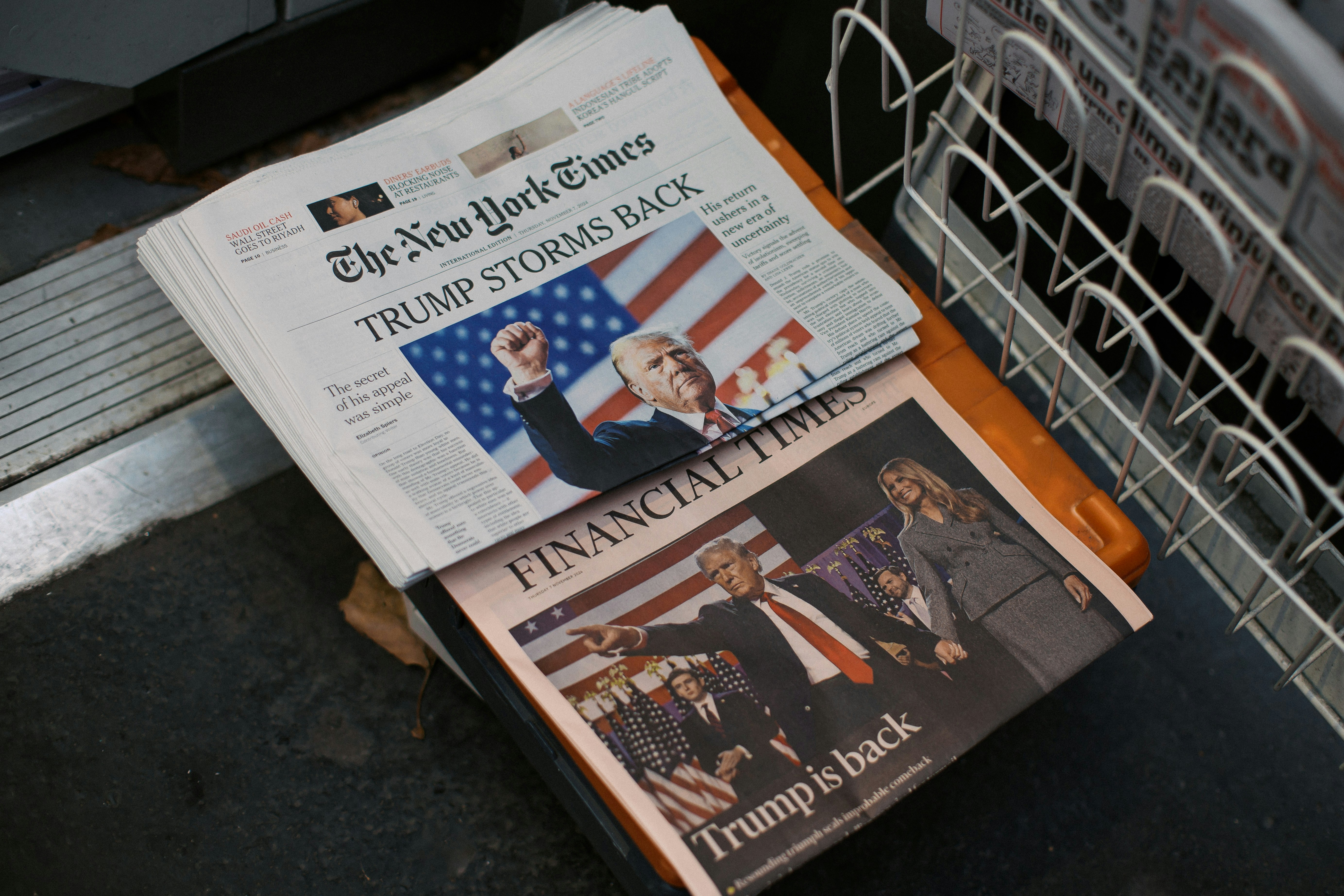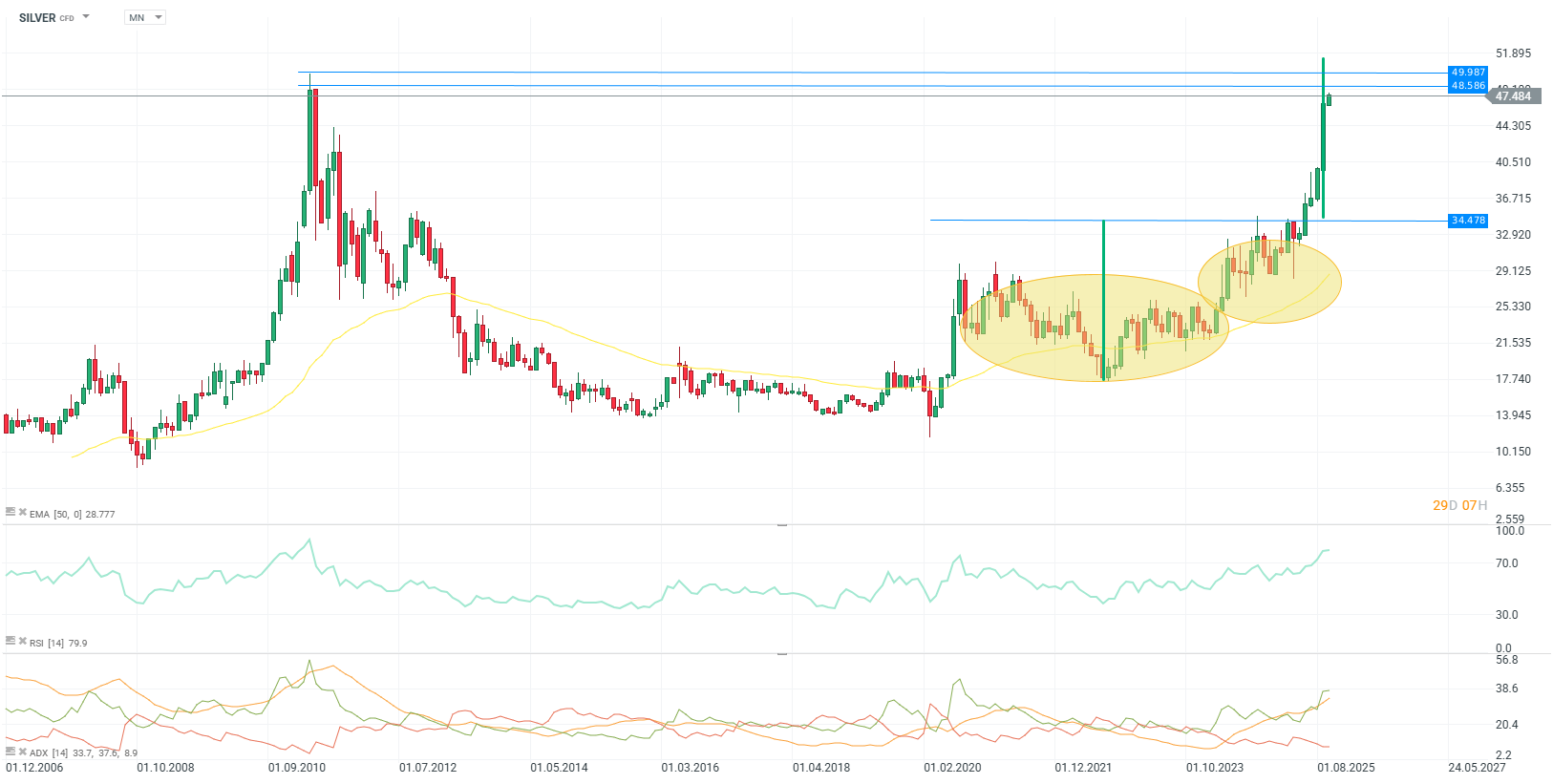October is usually the most turbulent month of the year for stock markets. Its average volatility is 33% higher than that of the other eleven months, and the U.S. government shutdown has been a reminder of that. While a prolonged shutdown would affect hundreds of thousands of federal employees, in practice its impact on the broader economy and markets is usually limited. Will this time be different?
In history, there have been 21 shutdowns in the last half century, and most were resolved within just a few days without major economic effects. Even the longest ones, under the Clinton or Obama administrations, did not derail the bull markets of the time. The last one, under the Trump administration, coincided with Powell’s Fed turning dovish, which ended up strongly boosting equities during those 35 days.

What’s at stake this time
Now, it is expected that the shutdown could furlough around 750,000 workers and cost the U.S. economy billions of dollars in lost output. During the shutdown, the federal government halts all non-essential functions, while employees whose jobs are considered essential—such as active-duty military personnel and federal law enforcement officers—must report to work, often without pay.
We cannot rule out that this time it will break all records, given the war of words between both parties. Drug approvals, IPOs, and economic data releases stand out among the biggest risks for markets.
Trump, the Fed, and the market impact
Some Democrats warn this is a smokescreen at a moment when Trump is explicitly demanding that the Department of Justice prosecute those he considers enemies, pressuring ABC to fire a late-night TV host he dislikes, sending National Guard forces to Democratic cities, and preparing the military to fight the “internal enemy.”
In fact, if the shutdown lasts three weeks, it is estimated that the unemployment rate could jump from 4.3% in August to 4.6%–4.7%, since furloughed workers are counted as temporarily unemployed. Could this be Trump’s objective? New signs of recession would force the Fed to cut rates, while bond yields fall both because of monetary policy and economic risks, as investors shift toward safe-haven assets. This would allow the government to finance itself more cheaply at a critical moment: the refinancing of more than $11 trillion before the end of 2026—practically one-third of its entire debt.
Maturity of the US debt. Source: Bloomberg Finance.
For now, investors continue hedging against all these risks. Silver has just closed its best quarter in history, while gold has surpassed $3,900. The question is not if it will reach $4,000, but when.

Silver MN interval. Source: Xstation
BREAKING: CB consumer sentiment bellow expectations!🔥📉
BREAKING: US industry data slightly better than expected!🏭📈
BREAKING: EURUSD trades lower after US GDP Q3 report 📌
Economic Calendar: US GDP as the key release of the day 🔎
This content has been created by XTB S.A. This service is provided by XTB S.A., with its registered office in Warsaw, at Prosta 67, 00-838 Warsaw, Poland, entered in the register of entrepreneurs of the National Court Register (Krajowy Rejestr Sądowy) conducted by District Court for the Capital City of Warsaw, XII Commercial Division of the National Court Register under KRS number 0000217580, REGON number 015803782 and Tax Identification Number (NIP) 527-24-43-955, with the fully paid up share capital in the amount of PLN 5.869.181,75. XTB S.A. conducts brokerage activities on the basis of the license granted by Polish Securities and Exchange Commission on 8th November 2005 No. DDM-M-4021-57-1/2005 and is supervised by Polish Supervision Authority.


